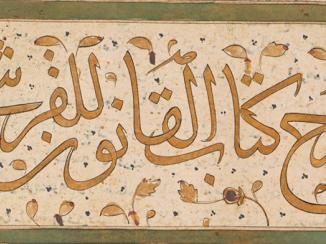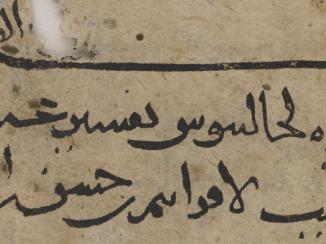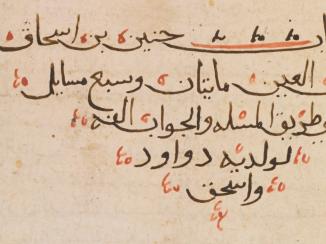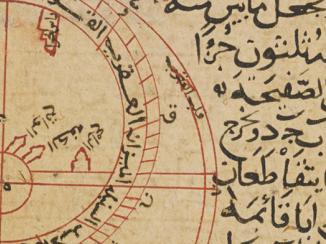Overview
The fundamentals of humoral medical theory are found in works attributed to Hippocrates (c. 460–c. 370 BC) such as The Nature of Man, where the four humours are named as blood, phlegm, yellow bile and black bile. An imbalance of these natural bodily fluids was seen as the root cause of any disease. The physician’s cure relied on correcting this humoral imbalance through prescribing diets, exercises, bathing, drugs, and, occasionally, procedures such as bloodletting. Galen was firmly committed to this theory and supported it using philosophical arguments, anatomical observations and personal experience with treating patients. Galenic humoral pathology formed the basis for diet and medical practice in the Islamic world, and is still practiced by Unānī physicians in the Indian subcontinent.
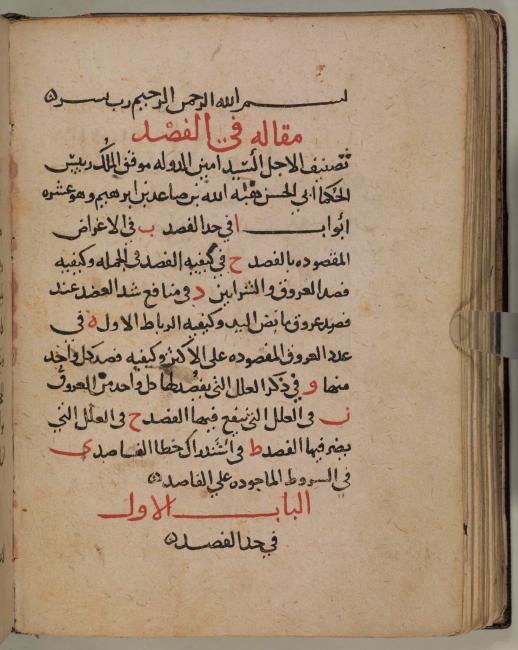
The Need for Patient Histories
According to Galen, each humour possessed specific sets of generic qualities: blood – hot and moist; phlegm – cold and moist; yellow bile – hot and dry; and black bile – cold and dry. The humours were all generated naturally in an individual through digestion. Consequently, changes in diet, or anything that could impact the particular state of the body, such as age, season, exercise, weather, etc., could severely impact the abundance and quality of the humours. Moreover, the Galenic physician recognised that people had different dispositions, physiques and general lifestyles, all of which affected a person’s ‘healthy’ humoral balance. For that reason, patient histories were essential in getting to the root cause of the disease-causing imbalance. The Galenic physician therefore asked numerous questions of the patient, their family and caregivers to ascertain precisely the various factors that could have contributed to the patient’s humoral imbalance. Physicians were also encouraged to develop a strong relationship with the patient prior to the illness, so that they would not incorrectly confuse a disease-causing imbalance with the natural disposition of the patient. The patient’s age, place of residence, the current season and climactic conditions, dietary and exercise regimen, and any changes thereof, were all essential for diagnosing a disease. The examination of pulse, urine, stool and even physical appearance were meant to complement the patient history and not replace it.
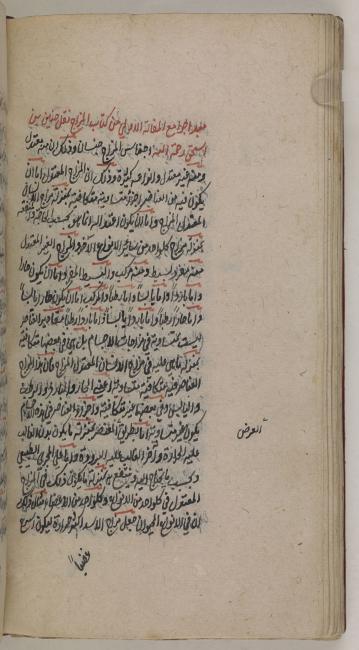
Curing Through Opposites
The fundamental principle of curing a disease in humoral pathology is to correct the imbalance through contraries (opposites). Thus, an imbalance resulting from heat must be treated with cold, and one arising from dryness must be treated with moistness, and vice-versa. Imbalances could also result from food, weather and other activities for, like the humours, they too affected both sets of primary qualities differently. Winter, for instance, had a cooling effect and also a moistening impact on people living during that time. Foodstuffs and drugs were thus prescribed and concocted to counter the imbalances in both sets of primary qualities. For example, Galen described the preparation of barley soup in great detail, which, if prepared as described using a specific type of water and barley and following all the preparation steps, had a cooling and moistening effect on the body and was recommended for a class of fevers called ‘burning fevers.’ Various kinds of exercises and even bathing, in combination with aroma therapies, food and drugs, were used by Galenic physicians to restore the humoral balance of the body using this principle of contraries; opposites thus restored order.
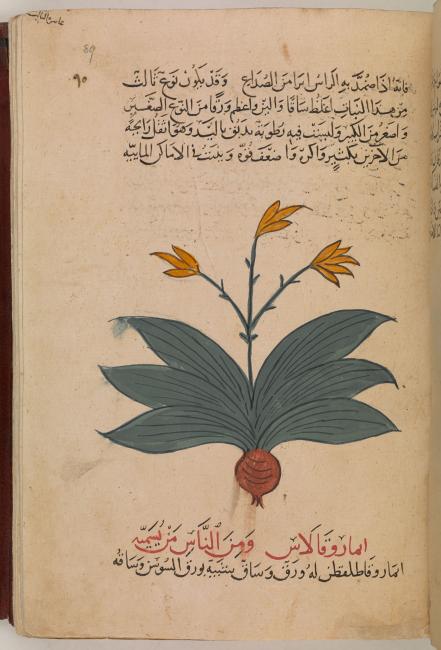
Curing by Bleeding
Galenic physicians also employed techniques to evacuate excessive, unhealthy humours (for example, thick bilious blood), and putrefied juices of digestion that had the potential of further corrupting the humours. The evacuations were undertaken using purgatives. These could be everyday food, such as barley soup, or various simple and compound drugs (the Islamic physicians greatly expanded the available materia medica due to the geographical expanse of the Islamic empire). Blood-letting was also a key technique for restoring humoral balance. In fact, it was so common that physicians were often derided for their tendency to use this technique, as the following anecdote from the Syriac writer The lowest of the four classes into which East India Company civil servants were divided. A Writer’s duties originally consisted mostly of copying documents and book-keeping. Ibn al-ʿIbrī (Bar Hebraeus, died AD 1286) suggests, ‘A physician sees a man running stark naked out of a public bath. The man tells the physician that someone has stolen his clothes and he is chasing after them. The physician prevents him from going further and insists on drawing blood from him, as a remedy for excessive excitement’.
Although such anecdotes may reinforce for some the ‘irrationality’ and inefficacy of humoral medicine, the truth is quite the opposite. Humoral medicine was the epitome of rational medicine in pre-modern Greek, Islamic and Latin societies, where it was widely believed to be effective in providing a diagnosis, prognosis (prediction of the future course of a disease) and treatment for a variety of common conditions. If you are in doubt, then forego the hot cup of soup or warm cocoa the next time you ‘catch a cold’.
